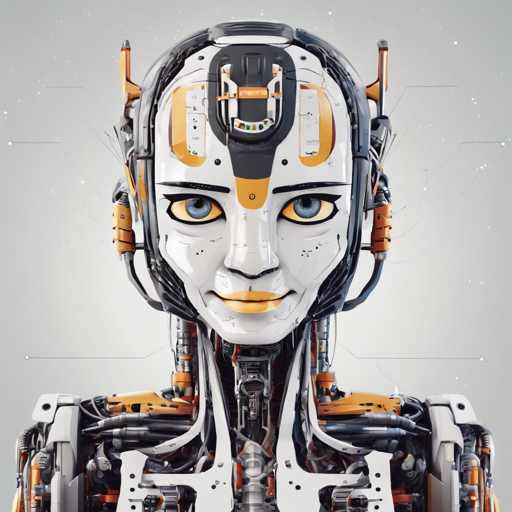In an increasingly globalized world, the ability to communicate in multiple languages is more important than ever. Thanks to advancements in AI and natural language processing, translating languages has become significantly easier. In this article, we will delve into how to implement a translation from English to Tigrinya using the Hugging Face Transformers library.
Getting Started
- Source Language: English (en)
- Target Language: Tigrinya (ti)
- Model to Use: Hugging Face Transformer Seq2Seq
- Base Model: opus-mt-en-ti
- Pre-processing Steps: Normalization + SentencePiece
Step-by-Step Guide
Follow these steps to set up the translation process:
- Install the Hugging Face Transformers library if you haven’t already. You can do this using pip:
- Once installed, you will need to import the required libraries:
- Specify the model you will be using:
- Load the tokenizer and model:
- To translate text, you can use the following function:
- Now, simply call the function with your English text:
pip install transformersfrom transformers import MarianMTModel, MarianTokenizermodel_name = "Helsinki-NLP/opus-mt-en-ti"tokenizer = MarianTokenizer.from_pretrained(model_name)
model = MarianMTModel.from_pretrained(model_name)def translate(text):
inputs = tokenizer(text, return_tensors="pt", padding=True)
translated = model.generate(**inputs)
return tokenizer.decode(translated[0], skip_special_tokens=True)english_text = "Hello, how are you?"
tigrinya_translation = translate(english_text)
print(tigrinya_translation)Understanding the Code: An Analogy
Imagine you’re trying to bake a cake. The process involves several steps: gathering your ingredients (which corresponds to installing transformers), mixing them the right way (importing libraries), and then putting everything in the oven (loading the model). Like in baking, where you must follow a recipe accurately to get a delicious cake, in programming, you follow specific steps to ensure that you build your translation tool correctly. Each function and model acts like an essential ingredient — if one part goes missing, the whole cake could end up a disaster!
Troubleshooting
If you encounter issues while trying to implement this translation process, consider these troubleshooting tips:
- Ensure that you have installed the correct version of the Hugging Face Transformers library.
- Check for any updates to the model or tokenizer since they can sometimes improve performance or fix bugs.
- If the translation output seems incorrect or gibberish, try adjusting the input string for clarity and simplicity.
For more insights, updates, or to collaborate on AI development projects, stay connected with fxis.ai.
Conclusion
With just a few lines of code, you can easily set up a translation system that converts English text to Tigrinya. Embrace this powerful tool and expand your communication capabilities across languages.
At fxis.ai, we believe that such advancements are crucial for the future of AI, as they enable more comprehensive and effective solutions. Our team is continually exploring new methodologies to push the envelope in artificial intelligence, ensuring that our clients benefit from the latest technological innovations.

